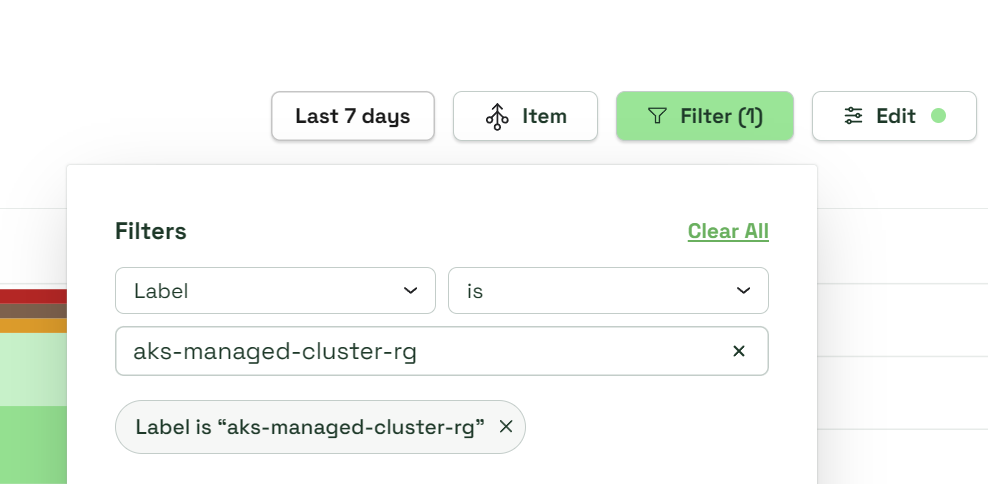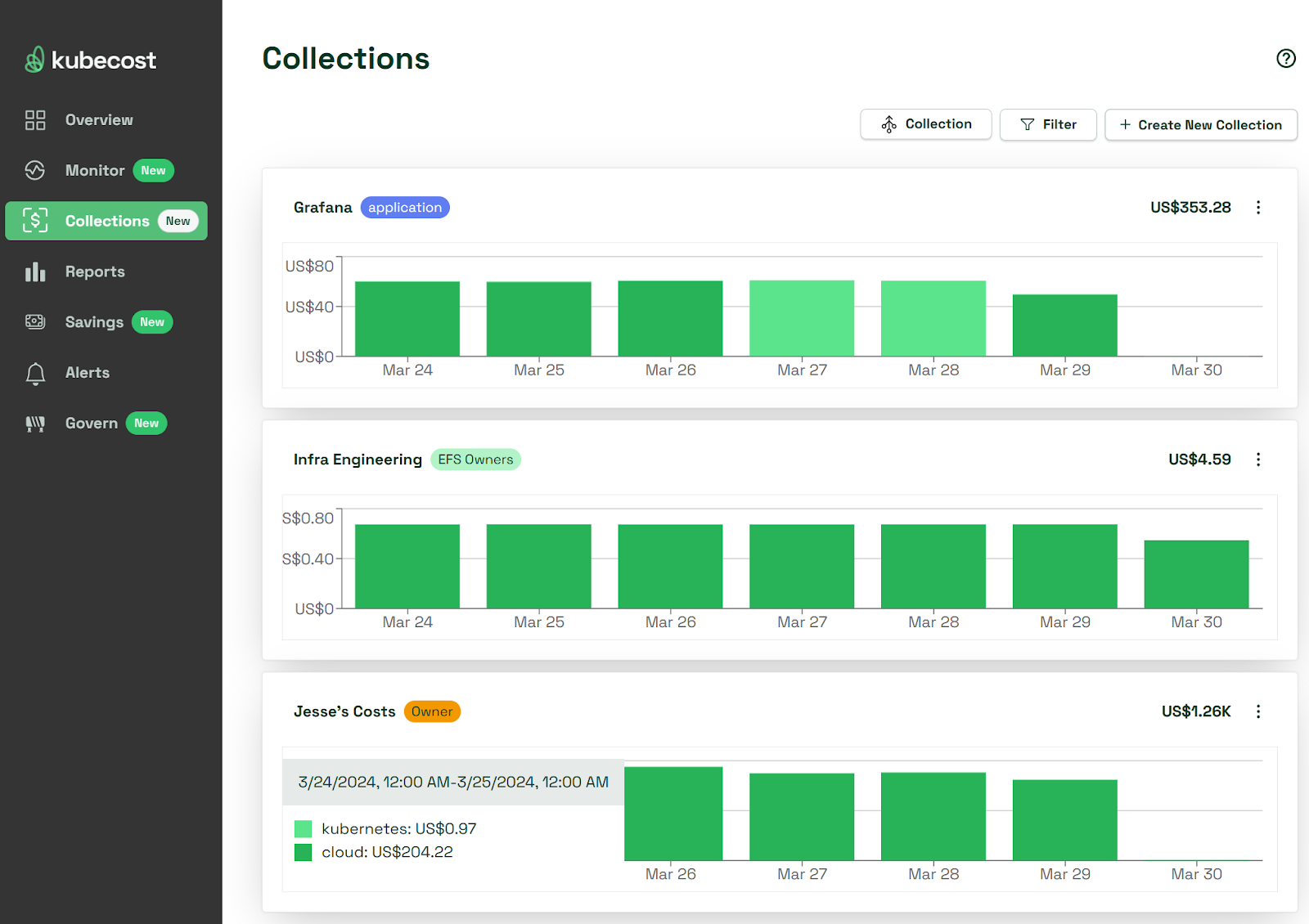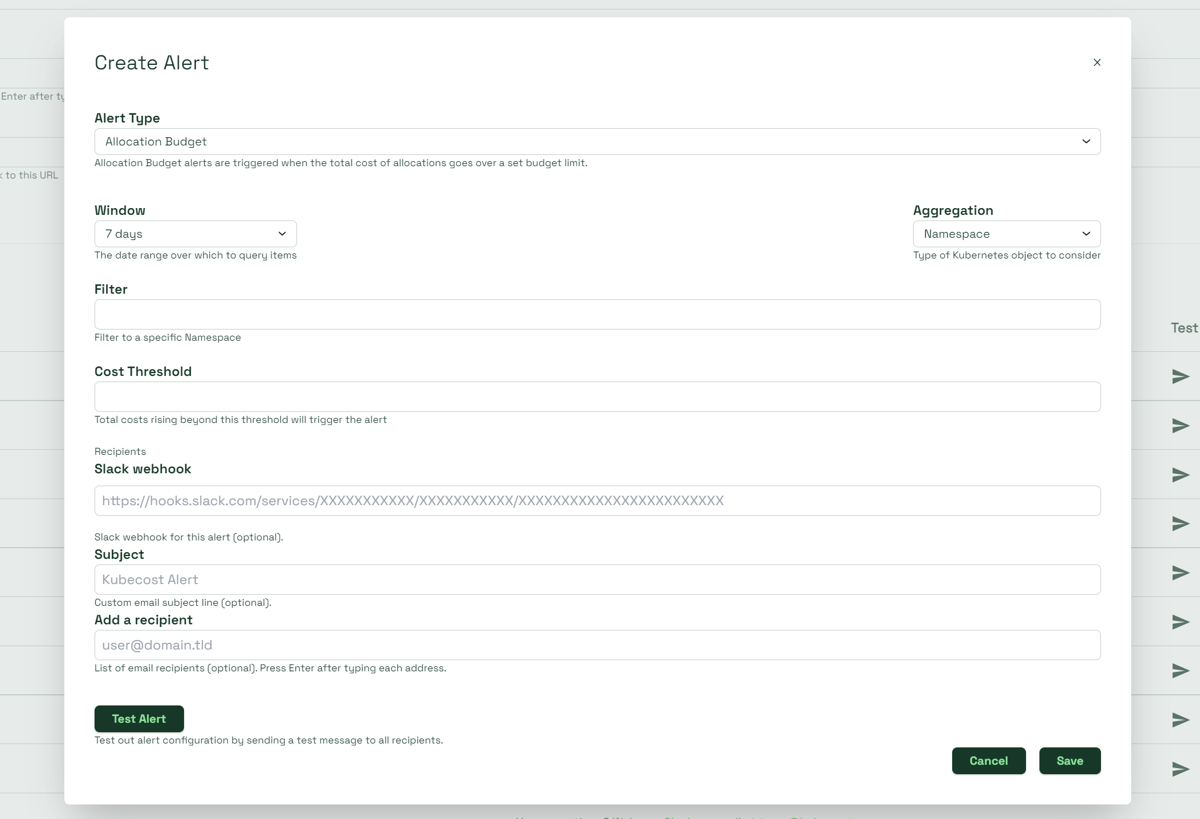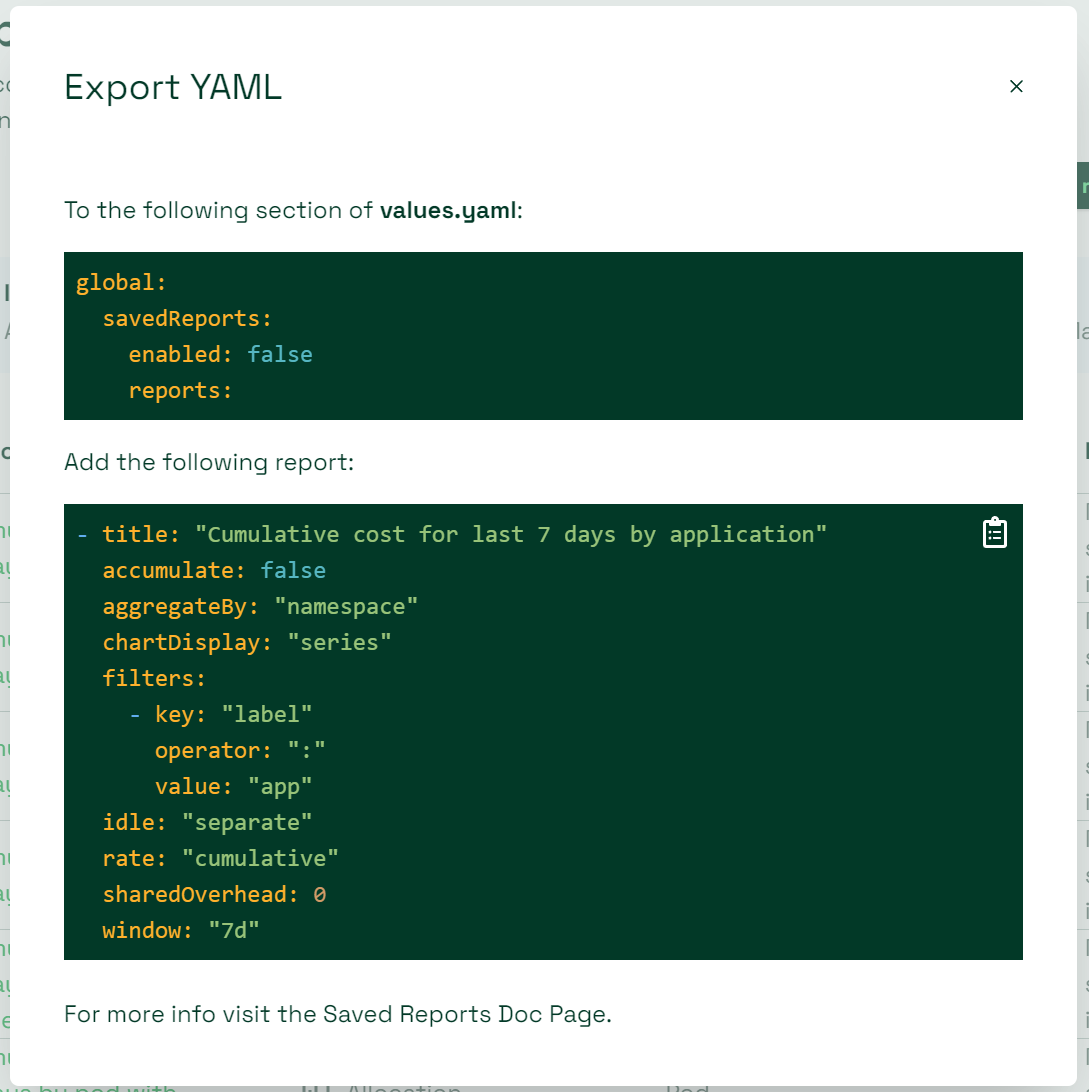Kubernetes is the de facto standard for container orchestration and a staple in today's ever-changing software development and infrastructure management landscape. Its widespread adoption and large user community are testaments to its robustness, scalability, and efficiency in deploying and managing complex environments.
Within this ecosystem, Kubernetes resource reports are indispensable tools for engineers and administrators, offering critical insights into cost management, performance optimization, and regulatory compliance. While Kubernetes does a great job automating the operational tasks of container management, it lacks the built-in ability to produce detailed, meaningful reports on resources. Third-party tools came into play to address this need, providing insights by integrating with the infrastructure.
Excessive costs when running Kubernetes can be due to incorrect resource allocations, such as CPU, memory, and storage, or failure to decommission redundant resources.






